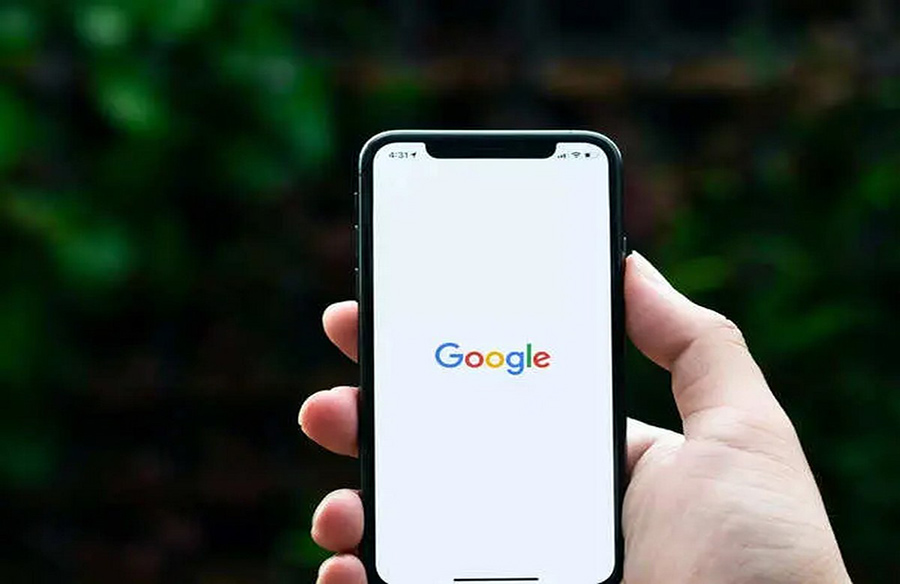Google has addressed the longstanding disparity between its Messages app and Apple’s iMessage, aiming to provide a more cohesive texting experience across platforms. The introduction of Apple’s TapBack feature, allowing iPhone users to react to messages with emoji responses, exacerbated the divide, leaving Android users without similar capabilities.
Addressing the Disparity
A recent report from 9to5Google highlights Google’s efforts to bridge this gap. The tech giant released a beta update for the Messages app, indicating a new preference in the app’s code. This preference suggests that Google’s Messages app will soon display TapBack reactions as emojis, aligning with the functionality of iMessage.
Emoji Reactions Integration
Screenshots accompanying the report demonstrate how the new feature functions. Emoji reactions from iPhone users will now attach themselves to specific texts within Google’s Messages app. Notably, these reactions undergo slight modifications; for instance, heart emojis may transform into smiley faces with heart eyes, while laughing reactions may appear as faces with tears of joy.
Upon tapping on these reactions, users will receive a notification indicating that they are “translated from iPhone.” While this feature remains in the beta phase, it promises to alleviate the issue of text overload resulting from TapBack reactions for Android users. However, Google has yet to confirm whether this feature will be available to all users, even with the latest beta version of the Messages app.
Apple’s Stance on iMessage
While Google endeavors to foster inclusivity between iPhone and Android users, Apple shows no intention of extending iMessage support to Android. In 2016, Apple’s Senior Vice President, Craig Federighi, expressed concerns that bringing iMessage to Android could undermine the company’s interests. Federighi emphasized that enabling iMessage on Android could remove a significant incentive for families to stick with iPhones, particularly when considering the ecosystem’s seamless integration.
It appears that Apple is inclined to maintain exclusivity for iPhone users, reinforcing the divide between iOS and Android platforms. Nevertheless, Google’s initiative to integrate TapBack reactions into the Messages app offers a step towards parity in the texting experience.
Conclusion
Google’s efforts to improve the messaging experience for Android users signify a commitment to enhancing cross-platform compatibility. While Apple’s reluctance to extend iMessage support to Android persists, Google’s endeavors ensure that Android users no longer feel excluded when communicating with iPhone users. As the messaging landscape evolves, initiatives like these contribute to a more inclusive digital environment.
